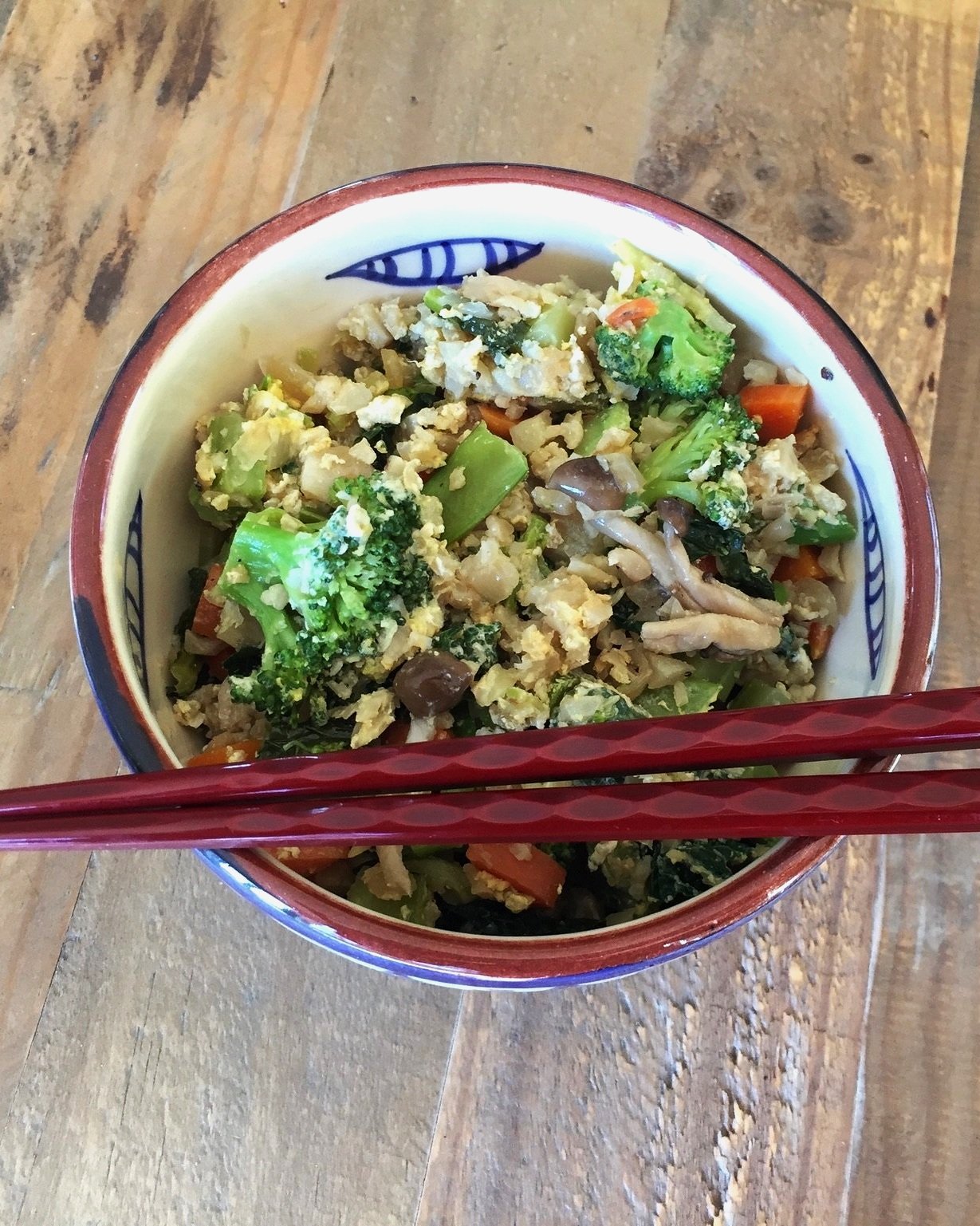Practical Tips for Digestive issues
An increasing number of people are sharing with me that their digestive system is just not working.
I hear so many people complaining about...
diarrhea
constipation
bloating
gas
stomach ache
and more.
I know it is no fun having these symptoms! 🤒
Two causes of these symptoms that have been getting more attention lately are...
stress and the gut microbiome.
You may ask, “What is gut microbiome??”
In my opinion, it is one of the most fascinating emerging health topics that is so relevant to the health issues many of my clients complain about, so I would love you to learn about it.
Essentially the gut microbiome refers to the complex community of microorganisms, including bacteria, fungi, and viruses, that live in our digestive tract.
The balance of "good" versus "bad" bacteria in our gut can have a significant impact on our overall health and well-being.
Microbiome can influence so many aspects of our health including…
Metabolism (e.g, tendency to gain weight, diabetes)
Craving for certain food
Depression/anxiety
Hormone imbalances
Inflammation
Immune function
Cancer
Brain Health
Hypothetically, you and I could have exactly the same body and lifestyle. We could eat exactly the same amount of food and exercise the same way.
However, if you have more of the good bacteria in your gut than I do, you may end up losing weight while I gain weight. You may crave healthier foods while I crave sugar and processed food.
It’s wild, right?
Our hunger is also influenced by how much our gut bacteria are being nourished with the foods they need. If they are not being provided with the right nutrients, the brain sends out a signal demanding a quick energy fix, which typically results in cravings for sugary, processed foods and simple carbohydrates.
So what can we do?
Eat probiotic and prebiotic foods! 🤤
First, remember that when you eat, you are not only feeding yourself but also a bunch of bacteria in your gut (like, a whole lot of them). Your foods also come with certain bacteria and affect the combinations of different kinds of bacteria in your gut.
✅Probiotics are live microorganisms that are intended to have health benefits when consumed. They are commonly found in yogurt and other raw, fermented foods.
In order to increase good bacteria in your gut, incorporate more raw fermented foods like kimchi or sauerkraut into your diet. If you find the taste unappealing, it could be a sign that your gut bacteria composition is imbalanced. Don't give up too quickly, and keep trying to incorporate these foods as they can have numerous health benefits.
✅ Prebiotics are specialized plant fibers that gut bacteria feed on. They act like fertilizers that stimulate the growth of healthy bacteria in the gut. Foods rich in prebiotics include fruits and vegetables, particularly those with complex carbohydrates.
Some of the best foods that are most familiar to us are root vegetables, onion, garlic, apples, and oats. But, I believe it's best to focus on incorporating a variety of fruits, vegetables, whole grains, and legumes into your diet instead of obsessing over specific foods. Don't let the quest for prebiotics make you overly stressed!
In my reset workshop, I share numerous practical tips to improve our gut microbiome. One of my favorites is teaching how to make fermented vegetables, so you can always have fresh and delicious ones on hand. Trust me, it's an easy and life-changing addition to your diet! The next workshop is in the fall- please let me know if you are interested in joining me so I can let you know when the registration opens!
Below is one of my go-to quick lunches – kimchi fried rice. Try it and let me know how you like it 🙂
Love,
Ai ❤️
Kimchi Fried Rice
Ingredients
2 tablespoon sesame oil (or coconut oil)
1 medium carrot, diced
3 green onions (or half yellow onion), chopped
3 garlic cloves, minced
1 teaspoon fresh ginger, minced
2 cups vegetables of choice, diced (mushrooms, broccoli, snap peas, peppers, zucchini, etc.- use whatever you have in your fridge!)
3-4 cups cooked rice or quinoa
1 cup kimchi or other fermented vegetables (make sure to get a good quality one from farmer's market, or health food store.)
1-2 tablespoon coconut amino or soy sauce
Optional:
eggs, tofu
freshly ground black pepper to taste
Method
Heat the oil in a frying pan over medium heat.
Add the onion and carrot and saute in the oil for about 3 minutes.
Next, add the garlic and ginger and rest of the vegetables and saute for about 2 - 3 minutes.
Add the rice and sauté for 3 - 5 minutes. If using, add eggs/tofu here as well.
